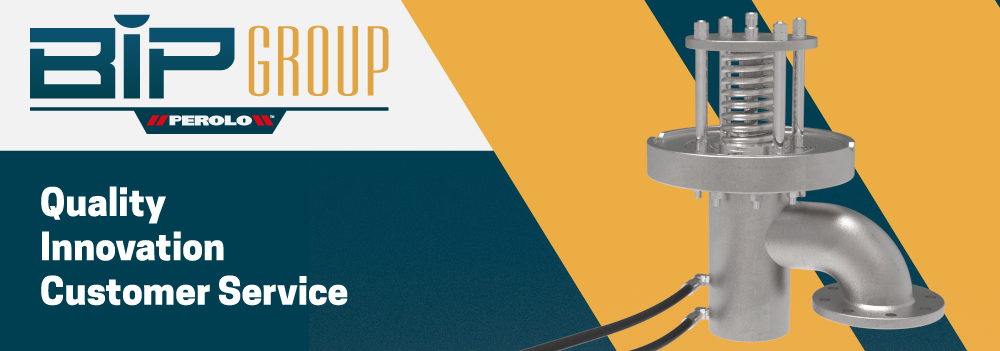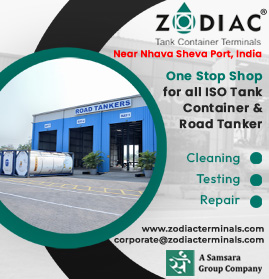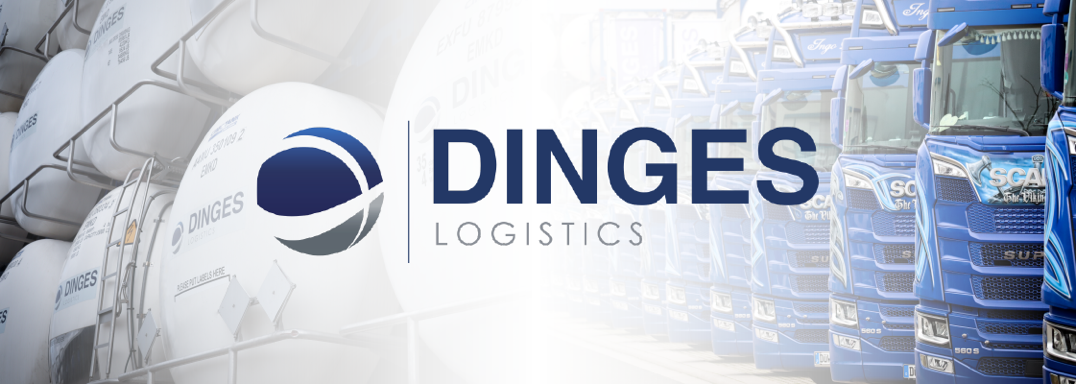Explosion protection during tank cleaning
What is best practice to prevent the electrostatic charges during the cleaning of tank trucks and tank containers? Here, TIMM Technology explains.
Using high pressure water or solvents to clean storage containers, IBCs or tanks on the tank trucks is a common process in the chemical/petrochemical industry. Between the loading of different products, the tanks must be cleaned thoroughly to avoid contamination.
For transport of petroleum products, in order to prevent so-called switch loading, the tank trucks should be cleaned before a new load if the previous loaded product had a lower flash point (e.g. gasoline) than the new loading (e.g. diesel or kerosene). To achieve the best cleaning result, high pressure washing nozzles are widely applied. When the washing jet impinges on the tank wall, it forms a mist of fine droplets. The combination of water droplets, the vapour of flammable chemical or petroleum products and air forms an unpreventable explosive atmosphere.
The remaining products from the last loading can easily be drifted by the cleaning water. As a result, the relative movement of their molecules during the application of the water jet will lead to electrostatic charging. The charged mist produces high electrical potentials, and the maximum value, which occurs in the centre of the tank, depends mainly on the size of the tank and the charge density of the mist.
If isolated conductors were present in the tank, incendive sparks could occur at much lower potentials. Isolated conductors are inevitably formed when washing with liquid jets from high-throughput nozzles because these produce large, isolated liquid volumes as the jet breaks up.
If the electrostatic charges generated during the cleaning process cannot be dissipated in time, the accumulated charges can easily ignite the vapour/air mixture in the tank. Theoretically, spark discharge can be easily avoided by simply grounding all conductive parts. However, experience shows that the safe grounding of all conductive parts in practice is not always that easy to ensure. This applies in particular to mobile objects which have to be grounded again and again by the staff, such as tank trucks or containers.
According to the IEC TS 60079-32-1, a grounding cable should be connected to the truck before any operation is carried out. And to ensure the grounding of objects, TRGS recommends a ground monitoring system (interlock equipment) that blocks the operation process when the grounding cable is not connected or not working appropriately.
It is further recommended by IEC TS 60079-32-1 that the system should be capable of differentiating between the truck and other metal objects. This type of system can prevent operators from connecting the grounding system to objects that may be electrically isolated from the truck’s container.
The main difference between the tank trucks and the metallic objects are their electrical properties. The electrical characteristic of tank trucks is not only resistive. A typical tank truck nowadays has an electrical capacity and resistance. To fulfil the recommendation from the IEC TS 60079-32-1, the grounding device should be able to measure the impedance of the object. It should be capable of distinguishing between proper truck grounding and metallic parts on the gantry. It should also be able to identify the grounding connection when the operator connects the system to the insulated part on the truck.
Most cleaning stations do not only clean tank trucks, but also tank containers or IBCs. Unlike tank trucks, tank containers must be moved by a chassis into the washing position. The chassis is made of steel and thus conductive. When using a grounding device according to IEC TS 60079-32-1, there will be difficulties to recognise objects other than tank trucks and give a release signal to start the cleaning process.
For more information visit www.timm-technology.com
19th July 2022


















